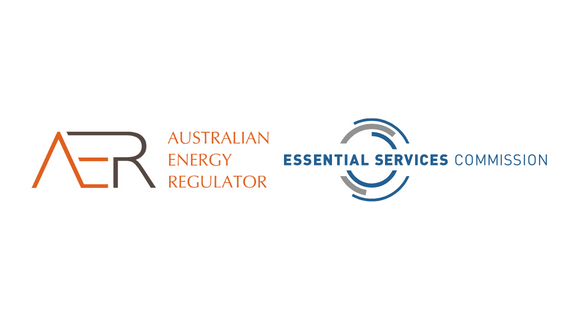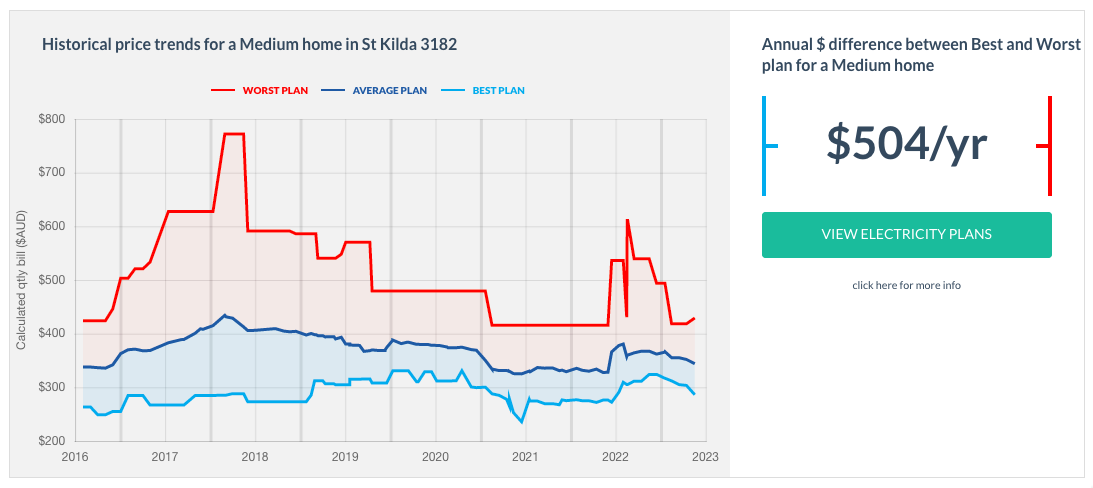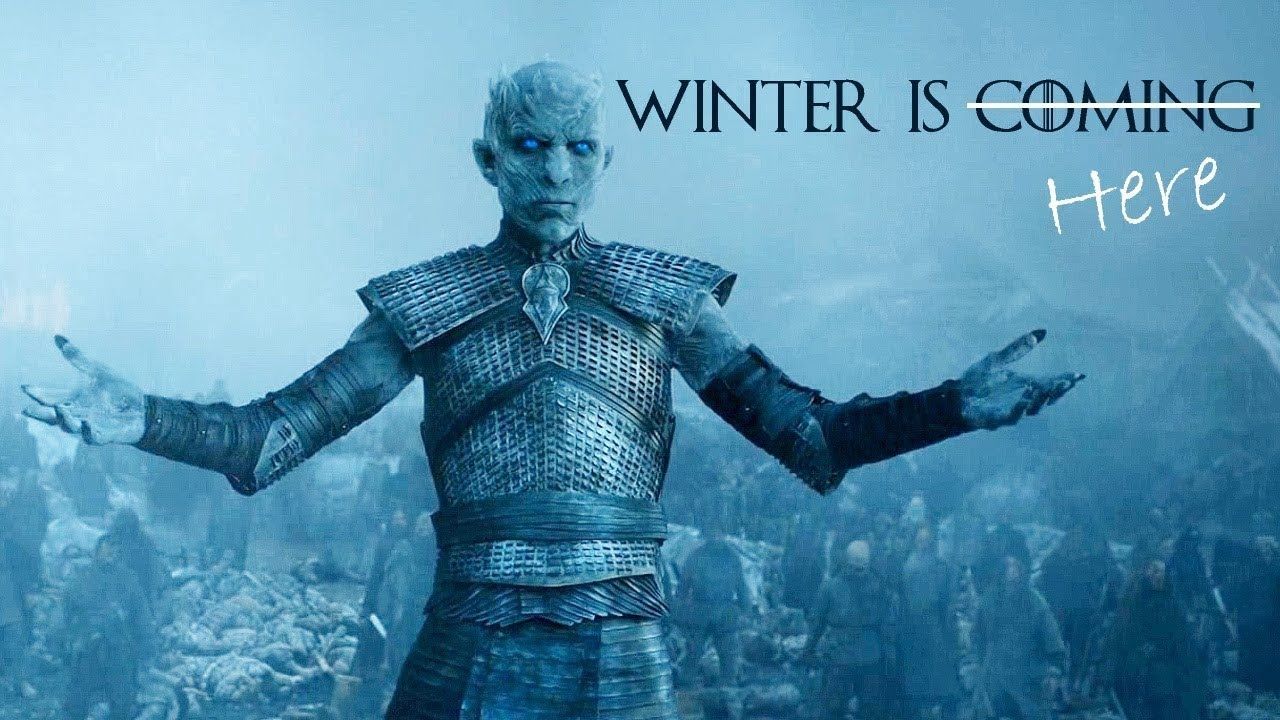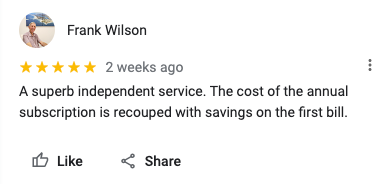Here's the game you didn't know you needed to play
Electricity distribution networks are complicated. So are the games based on them.
Another wave of energy price shock is about to hit, with price increases up to 30% about to sweep through the retail energy market.

Brace yourself for more bill shock. The energy retailers have begun issuing price change notices for the 1 July price reset that rolls across the NEM every year. The news is terrible. Retail energy prices are going up. Again. And by a lot.
There are two types of retail energy plans: 'market offers' and 'default offers'. Last month, we saw price increases announced for default offers — which always get media attention because they're the only stable and easily accessible barometer for retail energy pricing, even though only a tiny fraction of energy consumers are on default offers.
New market offer rates from the retailers are now becoming visible, with price increases at least as dramatic as the already announced default offer increases.
'Market offers' have pricing set independently by each retailer, and customers must actively choose to sign up for any market offer.
While retailers can and do change their market offer prices anytime, they also converge on a standard annual price change event from July 1 each year, triggered by distribution network price changes that come into effect on July 1 every year.
Retailers are not strictly obliged to update pricing simultaneously with network price changes, but they are strictly required to pay whatever are the prices set by the distribution networks for the carriage of the electrons that their customers consume.
To avoid any potential pricing risk, they recalibrate their market offer prices when the network costs change — 1 July each year.
Although not unexpected, the price increases are brutal, with market offer price increases of up to 30%
Several retailers, including two of the biggest, AGL and Origin Energy, have gone out early with their price change notices this year. Although not unexpected, the price increases are absolutely brutal, with price increases of up to 30%:
| State | AVG Residential increase | AVG SME Business increase |
|---|---|---|
| NSW | 21.1% ($407) | 20.5% ($918) |
| QLD | 21.6% ($347) | 23.2% ($705) |
| SA | 24.2% ($405) | 27.3% ($1133) |
| VIC | 25.5% ($361) | 24.6% ($590) |
| State | AVG Increase % | AVG Increase $ |
|---|---|---|
| VIC | 25.5% | $341 |
| QLD | 26.4% | $447 |
| NSW | 29.7% | $540 |
| SA | 29.8% | $565 |
The official advice from the energy regulators remains unchanged — in the face of increasing energy prices, you should shop around and seek out the best-priced plans to make sure you always stay at the very competitive end of the pricing spectrum.
If you're already a subscriber, you'll know that Bill Hero does this work for you, scouring the market on every billing cycle and running a personalised comparison to find you a better-priced plan.
If you’re not already a Bill Hero subscriber, then get on with it now. The stakes for overspending on energy have never been higher in Australia.
Not a subscriber yet? What are you waiting for! Never overpay for energy again! Bill Hero automatically compares every bill to help keep you always on the best priced plan.
A 'default offer' is an energy plan with a regulated price. Customers will be on a default offer if they have not actively entered into a market offer agreement with their retailer. You'll be on a default offer if your previous market offer has expired if you move to a new home without actively setting up a new energy account, or if you've simply never switched retailers before.
Default offers are regulated and are meant to represent a 'fair' retail price that accommodates wholesale costs, network costs, environmental scheme costs, plus a viable retailer margin.

As well as establishing the fallback price you'll be on if you have not agreed to a market offer plan, default offers also serve as the benchmark price against which any discounts must be calculated. They also serve as the benchmark comparison that retailers must publish for each market offer they promote.
An increase in the default offer is a signal that prices, in general, will rise, but most consumers are on market offers, and most market offers are better priced than default offers, so an increase to the default offer rate does not necessarily imply the exact change will occur for your market offer, and whatever the is the regulated default offer price, you'll be able to find lower-cost market offers.
Bill Hero tracks all energy prices, including market offers and default offers. Over time the high price for retail energy plans is generally set by the default offer, and the lowest price moves independently of that, set by competition between retailers with their market offers.

This is a typical price movement chart for St Kilda, in the United Energy distribution zone in Victoria — although the 'high-price' available in the market, which is typically set by the default offer, shows considerable variation, the low price, determined by competition between retailers, displays less volatility.
As an energy consumer, you want to always stay down at the low-priced end of the market.
You'd need to be under a rock not to have noticed retail energy bill pricing in the media. Here's a quick roundup:


In a climate of rapidly increased energy prices, its more important than ever to make sure you're using as little energy as possible.
Here's the latest from Energy Coach to help you minimise your bills by minimising your usage




Got opinions about the price increases? Have your say in the comments, but please first read and understand our Community Guidelines.

Savings as a Service is the blog site and newsletter from Bill Hero. Subscribe now and get your energy savings tips and information delivered fresh to your inbox every month.